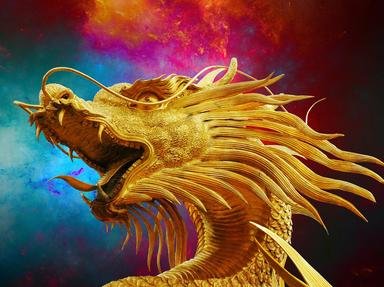Quiz Answer Key and Fun Facts
1. Pan, Greek god of the wild
2. Garuda, the vehicle of the Hindu god Vishnu
3. Manticore, a fearsome creature of Persian myth
4. Chiron, the wise mentor of Achilles and other great Greek heroes
5. Khepri, an Egyptian god identified with the rising sun
6. Lamassu, a protective deity often depicted in Mesopotamian art
7. Echidna, mother of many monsters of Greek mythology
8. Cernunnos, Celtic god of beasts and wild places
9. Kinnara, a benevolent celestial being of Buddhist mythology
10. Dagon, a Canaanite fertility god
Source: Author
LadyNym
This quiz was reviewed by FunTrivia editor
looney_tunes before going online.
Any errors found in FunTrivia content are routinely corrected through our feedback system.

